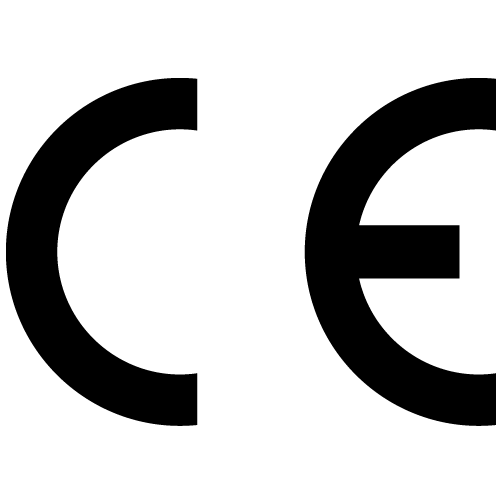Timber Frame
Whilst timber frame construction is the most common type of construction for one-and two-storey houses in North America and Scandinavia, in Central Europe it has become more common with the increase of prefabricated homes and multi-storey commercial buildings in wood panel construction. A number of advantages have made this type of build more acceptable as timber frame structures can be built quickly and inexpensively. Above all, thanks to excellent insulation properties and low energy consumption, this type of construction is ideal for low-energy houses and it is now widely used for larger scale commercial residential buildings. It is estimated that 75% of self-build homes in UK are manufactured from timber frame. Furthermore, structural timber has the lowest embedded CO² of any building material.
There are several types of timber frame, including SIPS (Structural Insulated Panels), CLT (Cross Laminated Timber), Gluelam and ‘open’ and ‘closed’ panel systems. Whichever type is used, they are primarily made up of dry materials and penetrating moisture can quickly lead to significant damage. Air tightness is also a key factor when building with these components and various joints between panels and other elements require careful sealing in order to achieve a low air leakage figure.
A key consideration when building in timber is the differential movement which occurs in the timber frame components as the building dries out and loading factors are involved. This has to be considered carefully in the design as settlement in excess of 30mm can occur on multi-storey construction and this has potentially serious consequences when sealing around the perimeter of windows which when fitted to the internal timber frame structure will move significantly relative to the external skin. illbruck have solutions which deal with such movement levels and can also offer project specific support in providing products which deal with varying joint widths and suitable detailing where differential movement can occur and airtightness of the envelope needs to be maintained.



.jpg)

.jpg)







